Chinese Slogans play a vital role in helping brands stand out in China. Want your brand to connect emotionally, reflect cultural values, and succeed on platforms like WeChat and Douyin? Learn how to craft effective slogans with real-world case studies and proven tips.
Understanding the Power of Slogans in China
China’s consumer landscape is unique, shaped by Confucian values, rapid digitalization, and a preference for trust-based branding. Unlike Western markets where humor or wordplay often works, Chinese slogans rely on directness and emotional appeal.
1. Cultural Relevance and Emotional Appeal
Successful Chinese slogans often tap into deep-rooted values such as family, prosperity, and trust. For example:
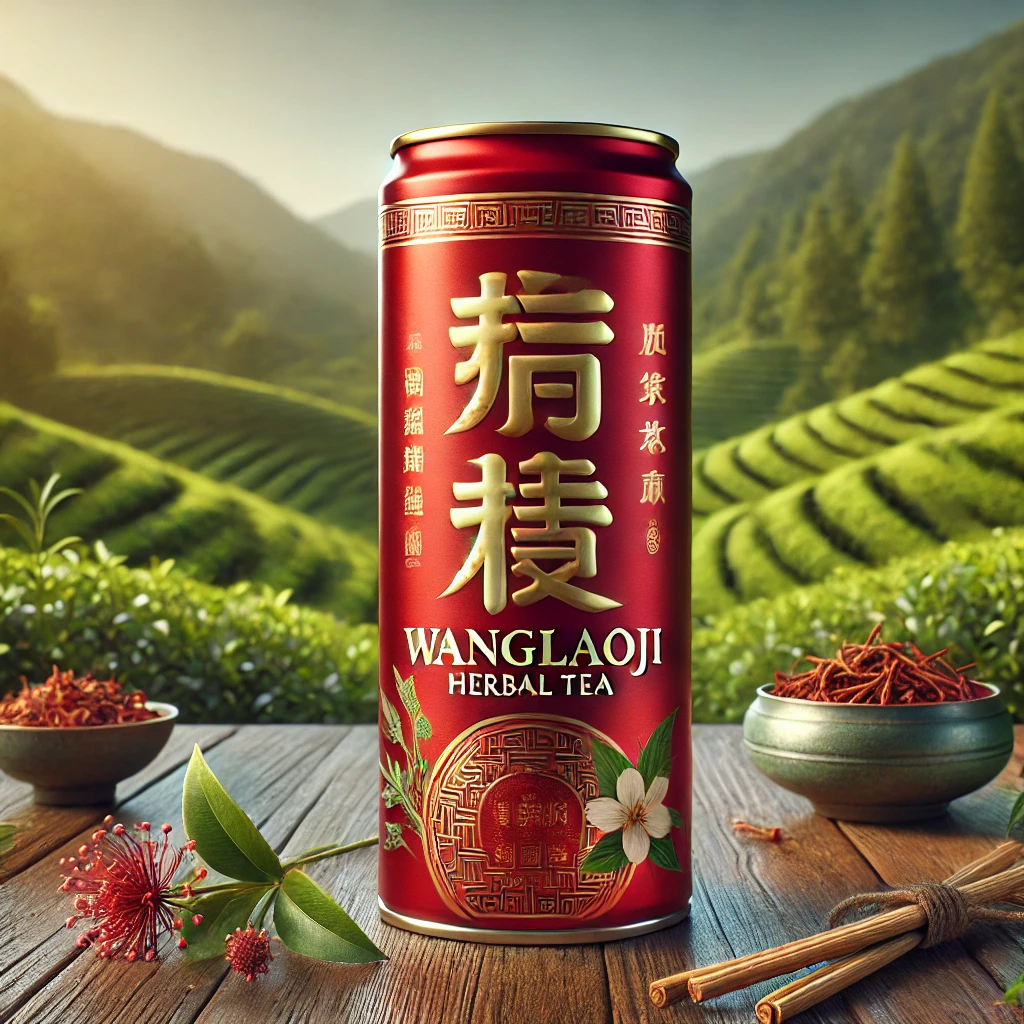
“怕上火,喝王老吉” (Afraid of heat? Drink Wanglaoji) – This herbal tea brand reassures consumers with a direct solution to a common health concern.
“农夫山泉,有点甜” (Nongfu Spring, a little sweet) – This water brand subtly hints at its natural taste, appealing to health-conscious buyers.
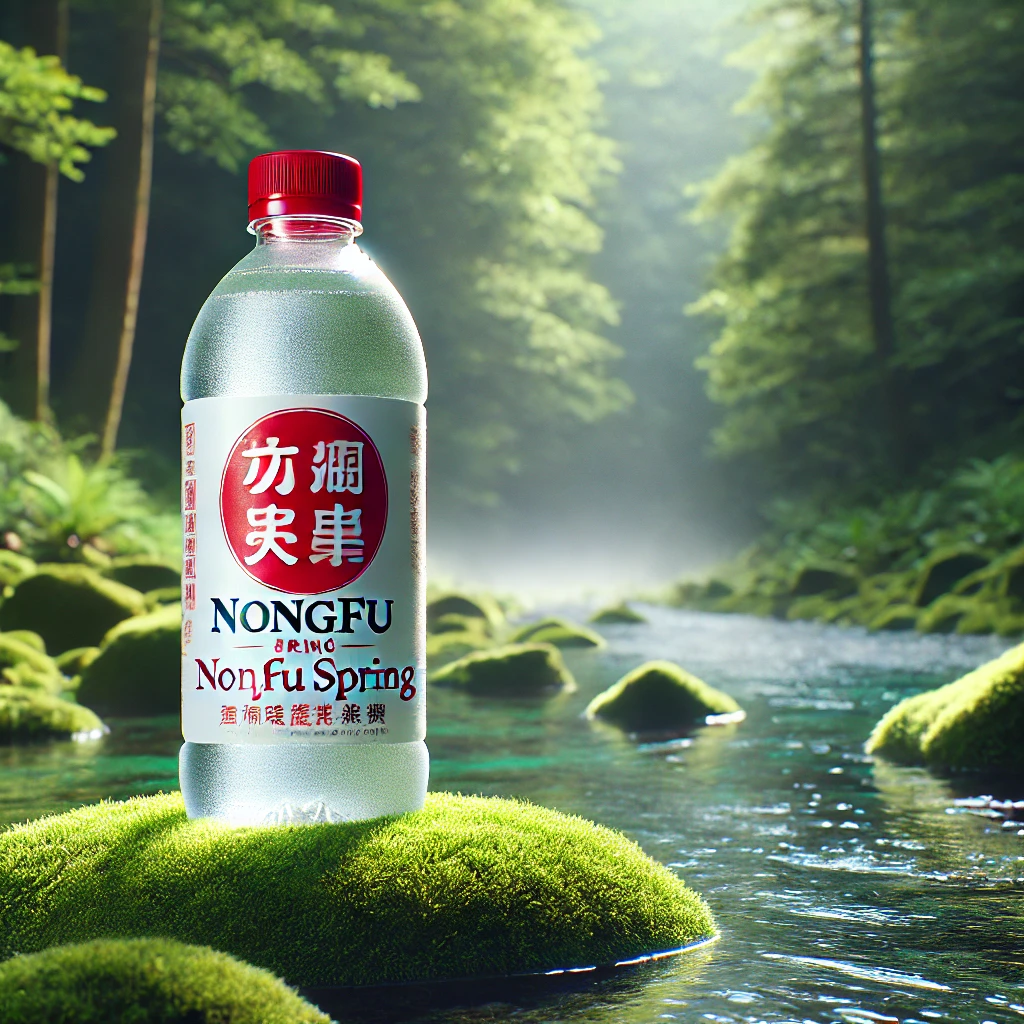
A Nielsen study found that 72% of Chinese consumers are more likely to trust brands that use cultural references in their messaging. The key takeaway?
2. Simplicity and Memorability
Concise, rhythmic, and easy-to-remember slogans perform well. Many successful brands use four-character idioms (成语) or poetic elements, such as:
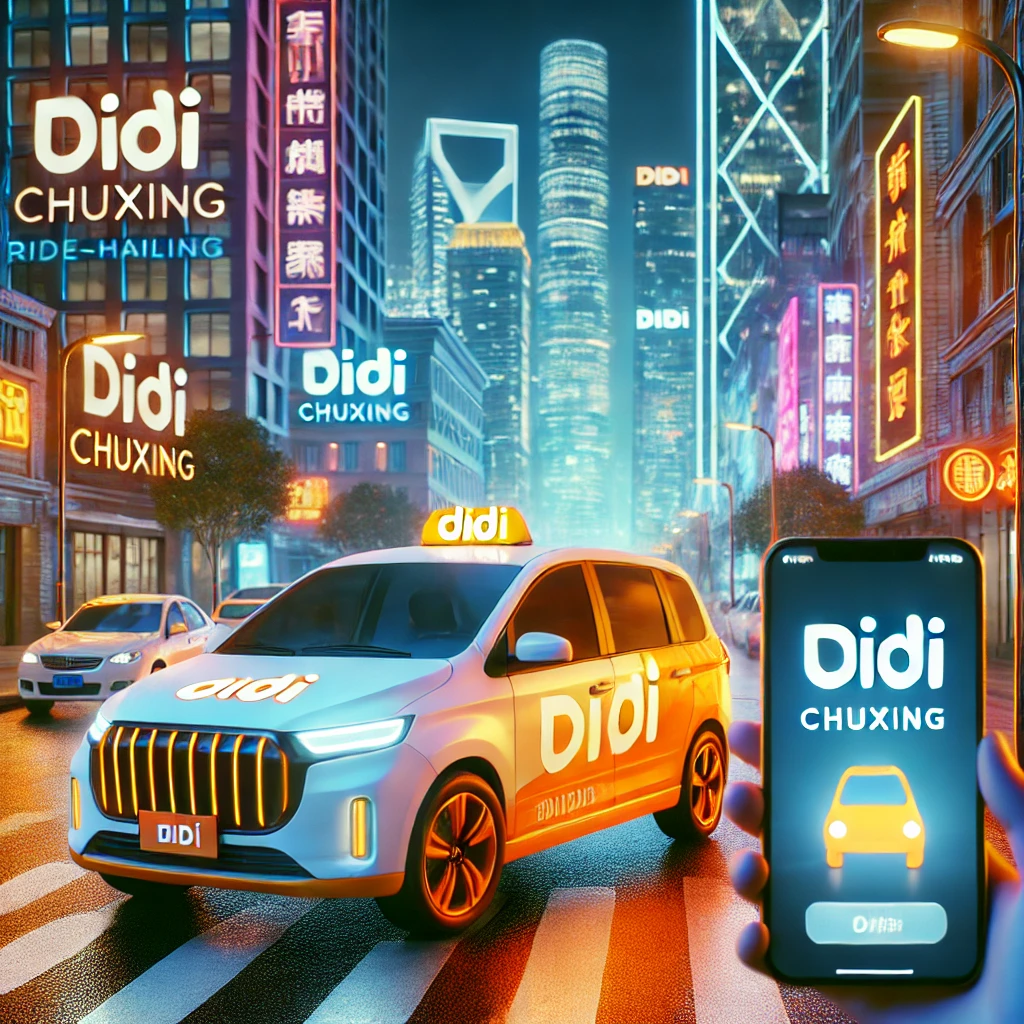
“滴滴一下,马上出发” (One tap on Didi, and you’re off) – Didi Chuxing’s slogan uses a rhythmic, action-oriented phrase.
“饿了么?饿了就叫饿了么” (Hungry? Just call Ele.me) – A clever word repetition reinforces brand recall.
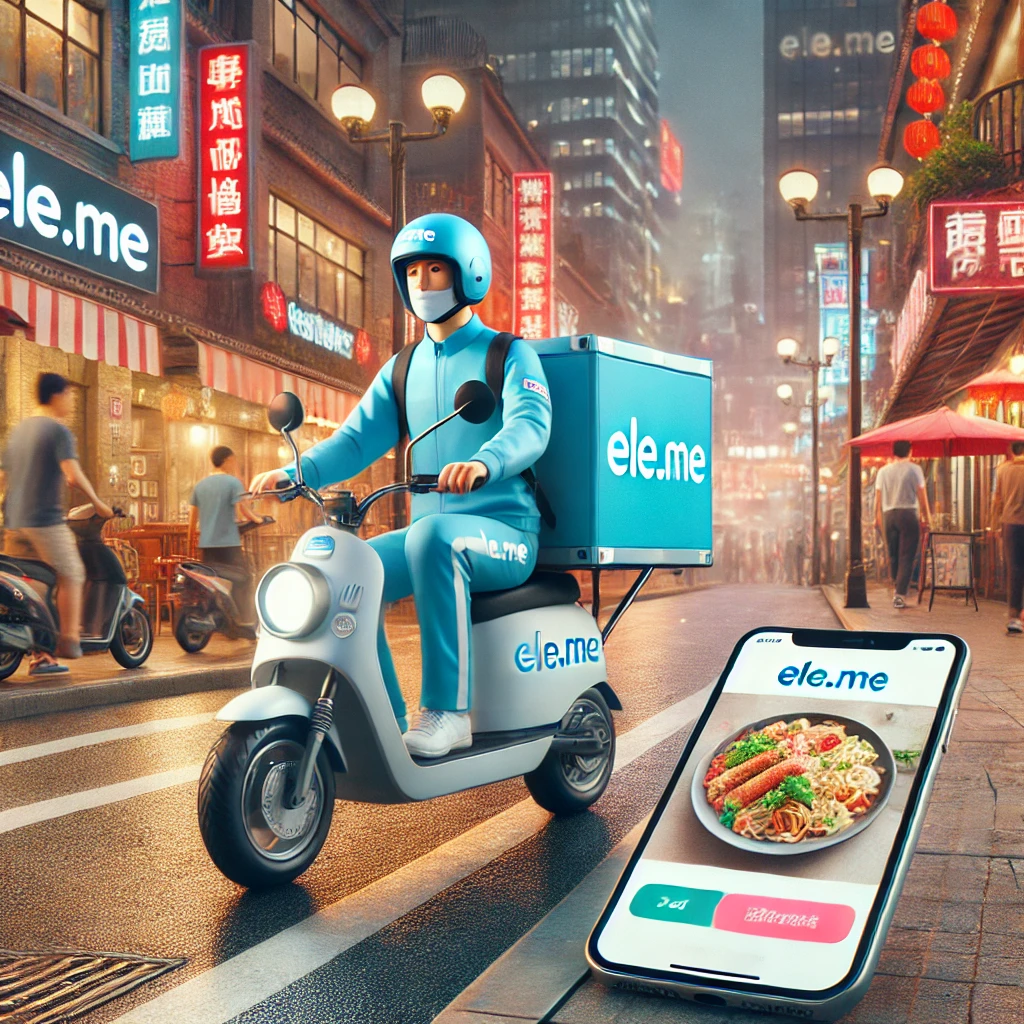
Short slogans (5-10 characters) are 30% more likely to be remembered than longer ones, making brevity a priority.
How to Adapt Slogans for China’s Market
3. Translating vs. Localizing: Why Word-for-Word Doesn’t Work
Western brands often struggle when translating their slogans. A direct translation may lose impact or even sound awkward in Chinese. Instead, successful brands adapt slogans to fit cultural and linguistic norms.
For example:
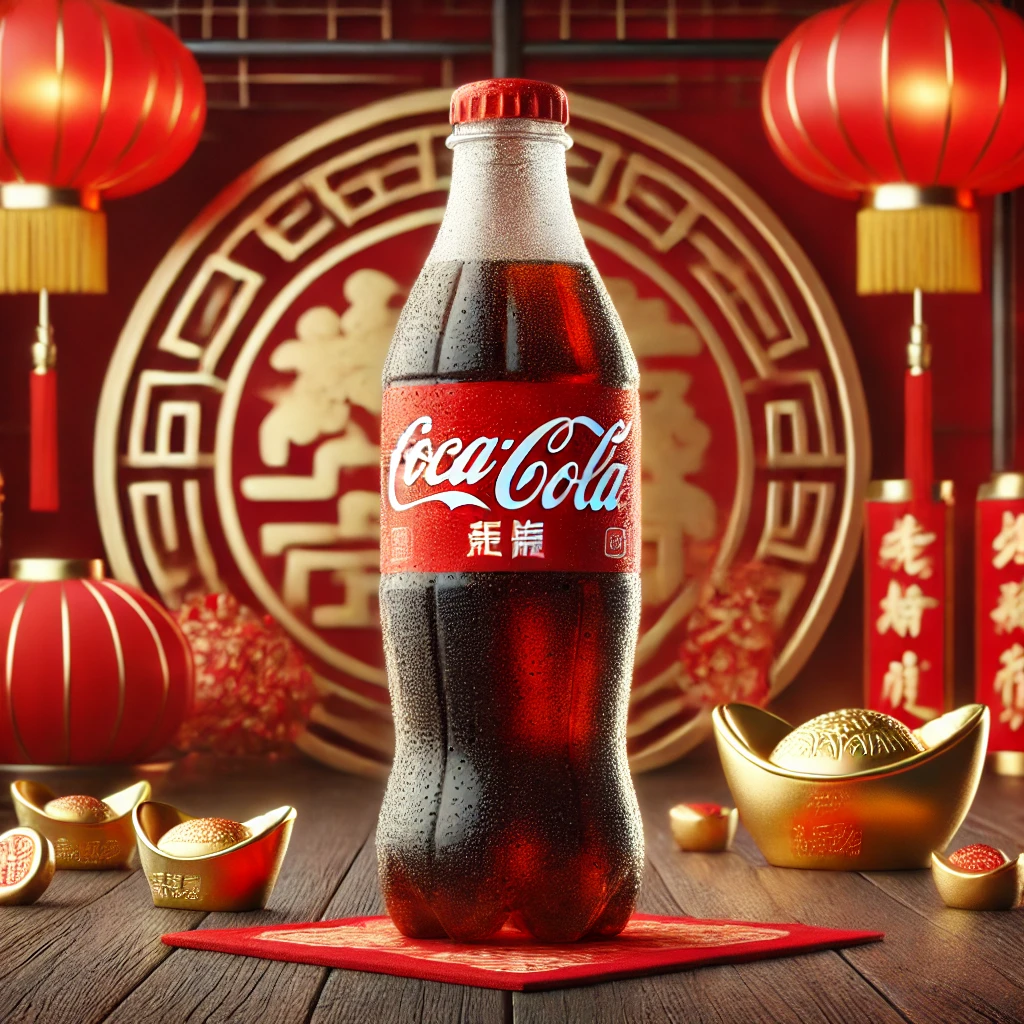
Coca-Cola’s original slogan: “Delicious and Refreshing”
Chinese adaptation: “可口可乐” (Tasty and Joyful)
Nike’s global slogan “Just Do It” is translated as “想做就做” (If you want to do it, just do it), preserving the motivational tone while ensuring cultural relevance.
4. The Role of Digital Marketing & Social Media
With 1.02 billion internet users in China, slogans must work across digital platforms. Brands tailor their messaging for WeChat, Douyin, and Xiaohongshu.

Xiaomi’s slogan: “为发烧而生” (Born for Passion) resonated with young tech enthusiasts, helping Xiaomi grow into China’s top smartphone brand.
- Oppo’s slogan: “充电五分钟,通话两小时” (Charge for 5 minutes, talk for 2 hours) highlights a specific feature, making it viral online.
5. Testing and Iteration in Chinese Slogans
Even the best slogans need fine-tuning. Smart brands run A/B tests on WeChat ads or Douyin campaigns, comparing different versions of a slogan to see which resonates most. For example, adjusting a slogan’s tone from formal to casual can significantly boost engagement with younger audiences. Iterative testing ensures your Chinese slogans stay relevant as cultural trends shift.
Best Practices for Creating Effective Slogans
- Make it emotional – Tap into family, success, and well-being.
- Keep it simple – Aim for 5-10 characters for memorability.
- Use cultural symbols – Incorporate lucky numbers (8 for fortune), idioms, or poetic flow.
- Adapt, don’t translate – Ensure the meaning aligns with local values.
- Test digitally – WeChat and Douyin trends can validate slogan effectiveness.
Crafting effective Chinese slogans isn’t just about catchy words—it’s about building trust and cultural connection. If your business is entering China, don’t leave your brand voice to chance. Our team specializes in slogan adaptation, transcreation, and cultural consulting. Contact us today to make your brand’s message unforgettable in China.
READ MORE 8 Things to Consider When Setting Client Expectations for China?
